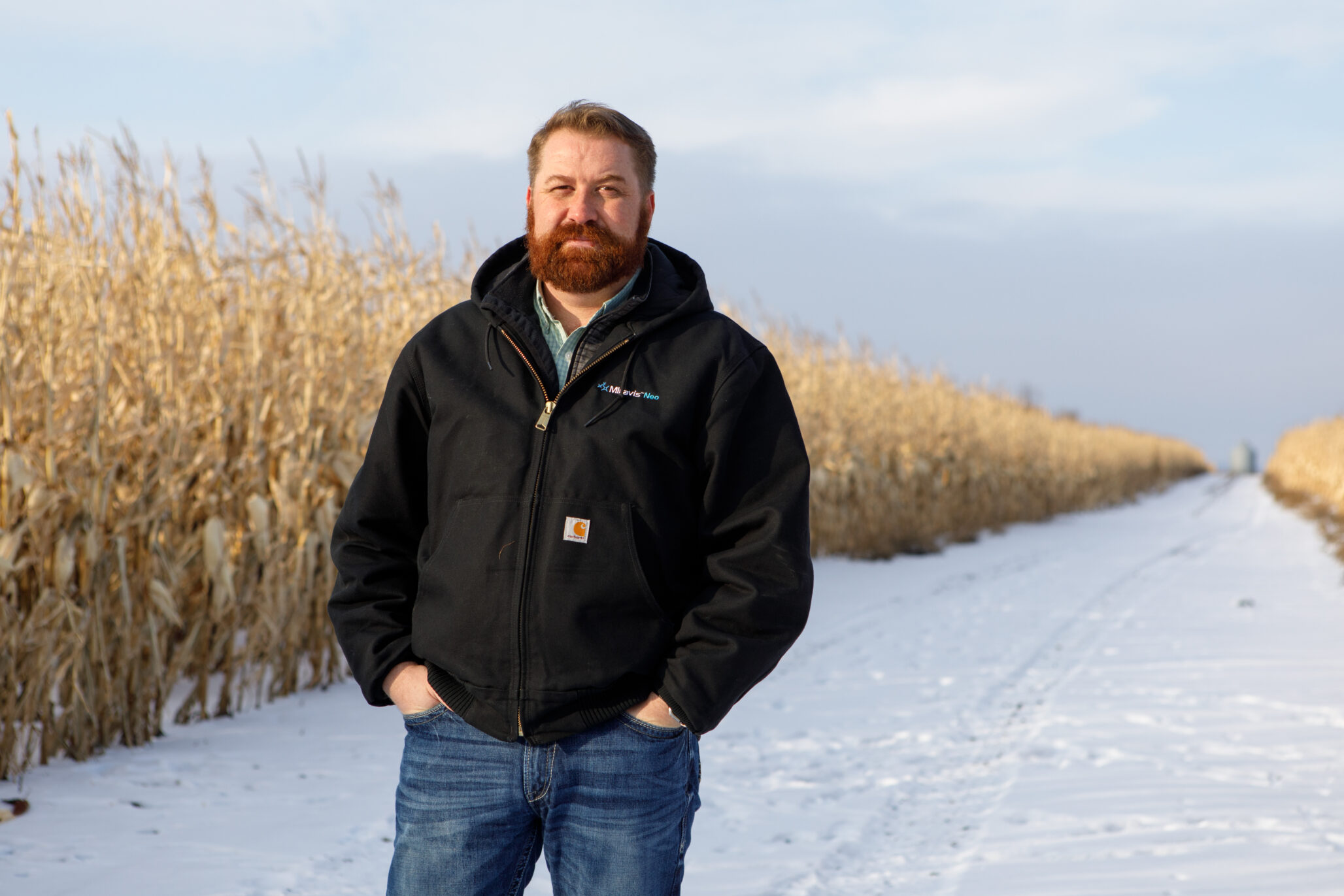It’s no secret that farming is a challenging game. But when it comes to pulses, the stakes can be even higher.
“Growing pulses is not for the faint of heart,” said Nathan Popiel, agronomy service representative with Syngenta. “It’s demanding and difficult, but when done right, has the potential to be very profitable.”
A changing climate that’s bringing more erratic weather patterns is forcing growers to manage their crops with optimal precision. Protecting your seed at plant and having a season-long agronomic plan pays off at harvest.
“I don’t know that I’ve seen an average year when it comes to weather,” Popiel said. “At times we can go from near drought to heavy moisture in the space of one growing season. That’s why having a plan and sticking to it is critical.”
At-Plant Measures Manage Risk
Josh Kelley, Seedcare Product Lead for Syngenta, said pulses truly fall into a unique agronomic market, especially when it comes to seed treatment. Diseases including Pythium, Fusarium and Rhizoctonia are always a threat.
“Seed-borne Ascochyta is a pathogen on the seed and we’re seeing it particularly on field pea and chickpea acres across the Northern Plains,” Kelley said. “It can significantly reduce yield and seed quality.”
On the pest side, wireworms, pea leaf weevil, and bean leaf beetle continue to be problematic.


To combat the threats, Kelley said a combination of premixes and custom blends with particular active ingredients do an excellent job of covering all the bases.
“Premixes are stable and provide great coverage,” he said. “But you might need to tailor your treatment, perhaps bump up your insecticide. That’s where custom blends come in. They both have a place in the market.”
Kelley added that a great starting point is CruiserMax® Vibranc® Pulses seed treatment. It’s been on the market for just over two years and is used widely in the Northern Plains region. A recent product, Vibrance Maxx Pulses RTA seed treatment, is a ready-to-apply formulation and offers protection against damage from listed soil- and seed-borne diseases of peas and beans— Ascochyta in particular.
“You really don’t want to have any chinks in your armor,” he said. “Because nine times out of 10, Mother Nature will throw you a curve ball.”
Three Steps to Maximize Profit Potential
To help maximize a pulse investment, Popiel recommends a three-step approach.
1. Pay attention to your rotation. Take a good look at soil conditions and yield potential. “It may not be as simple as planting pulses every third year on a particular field.”
2. Look at what your neighbors are doing. Disease pressure is a real concern and can easily move across fi elds, he said.
3. Create a plan with a budget and stick to it.
“Be proactive with your disease protection. If you plan for four applications, you can also choose to eliminate the last one if things are going well,” he said. “It’s a lot harder to make a decision to add another application if the budget isn’t there.”











